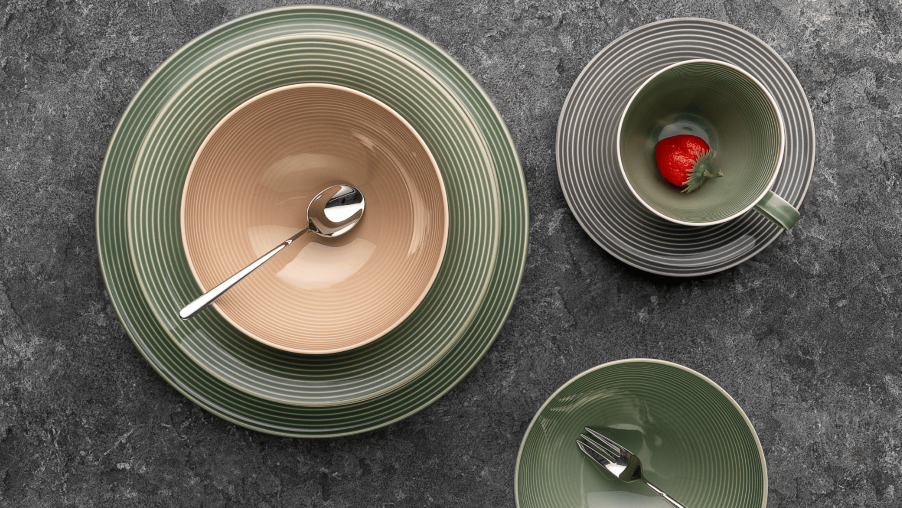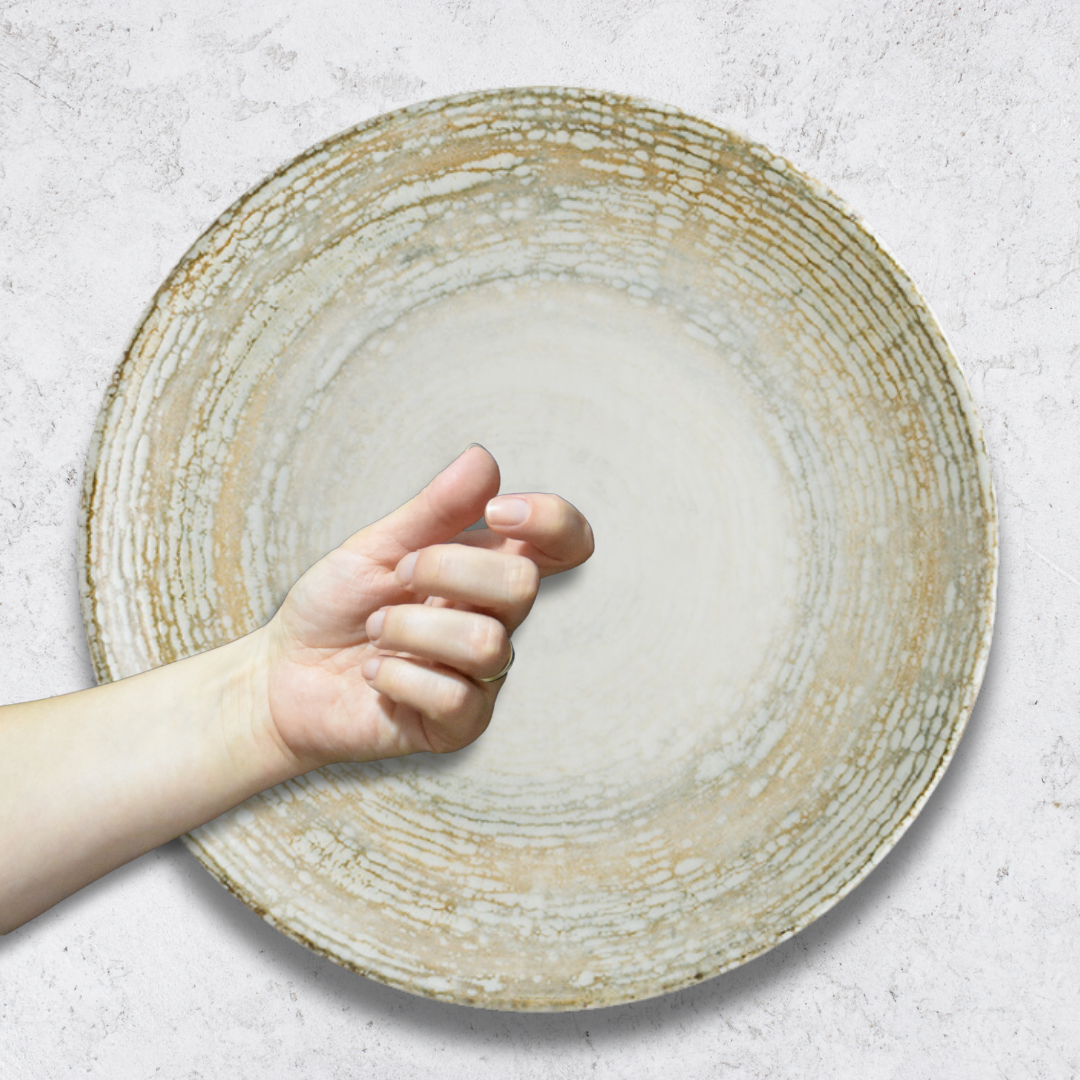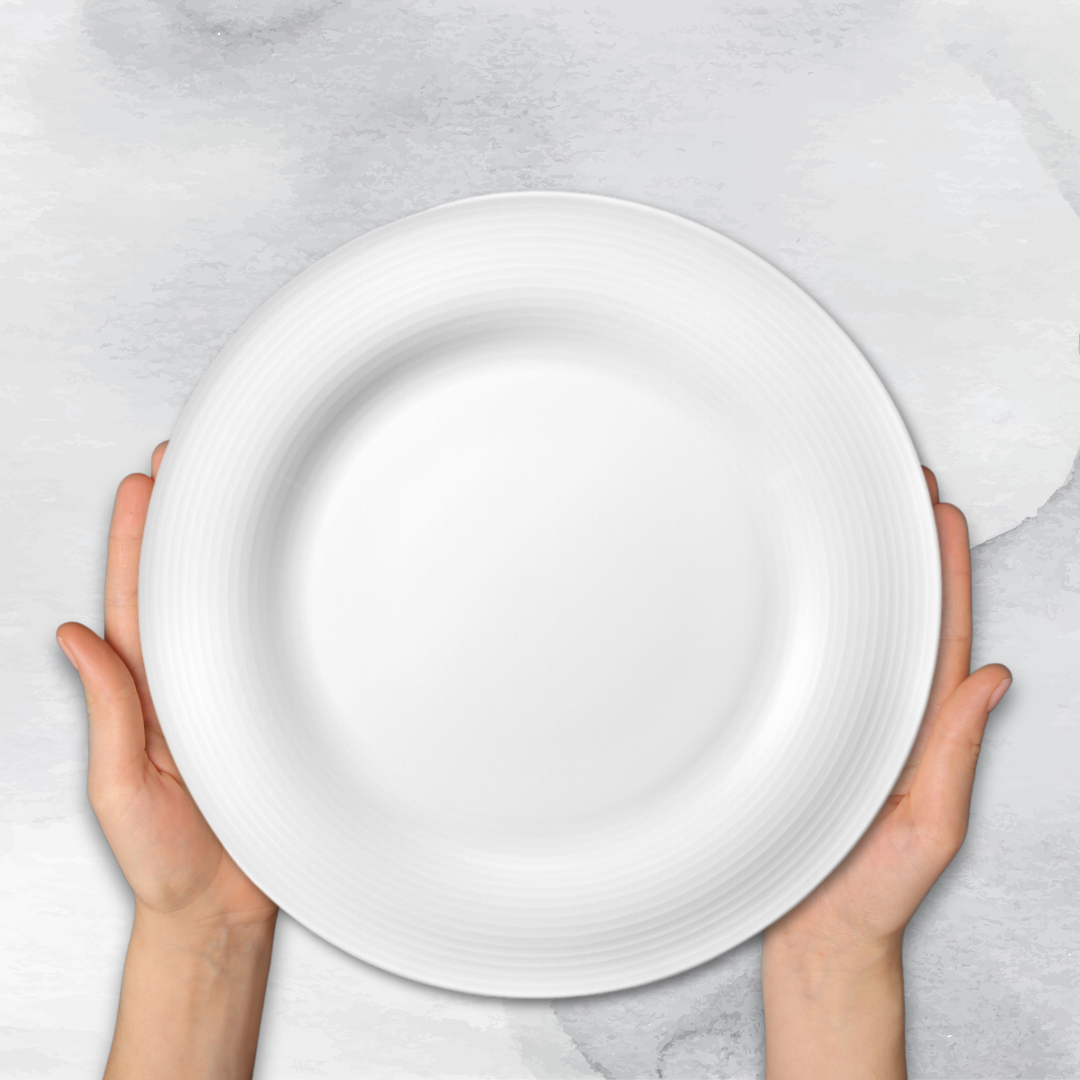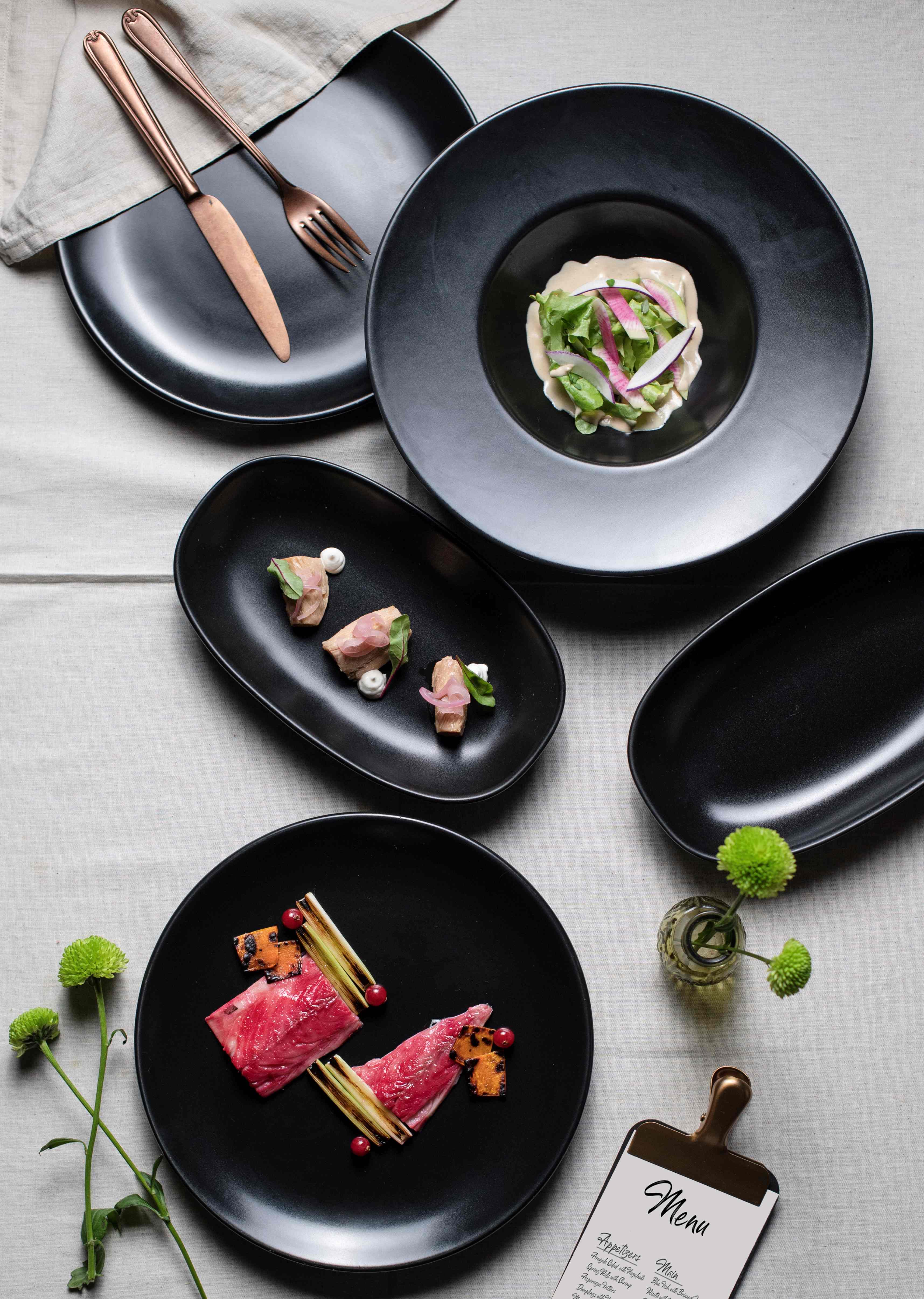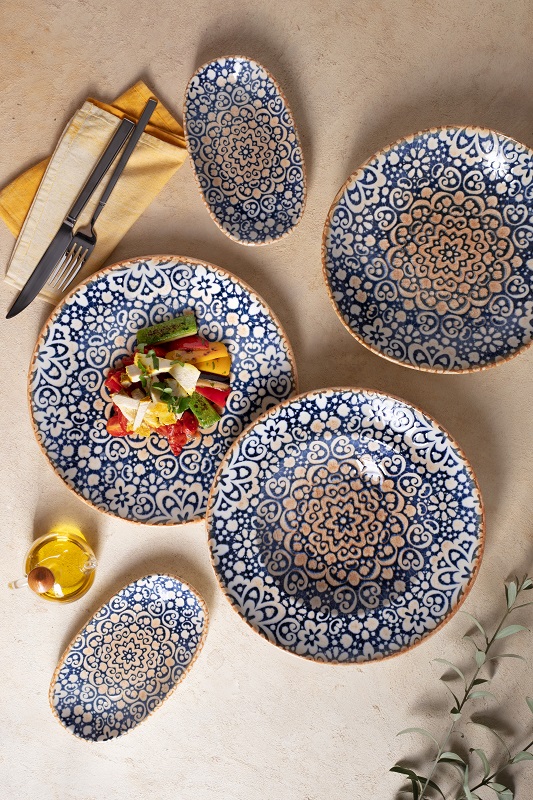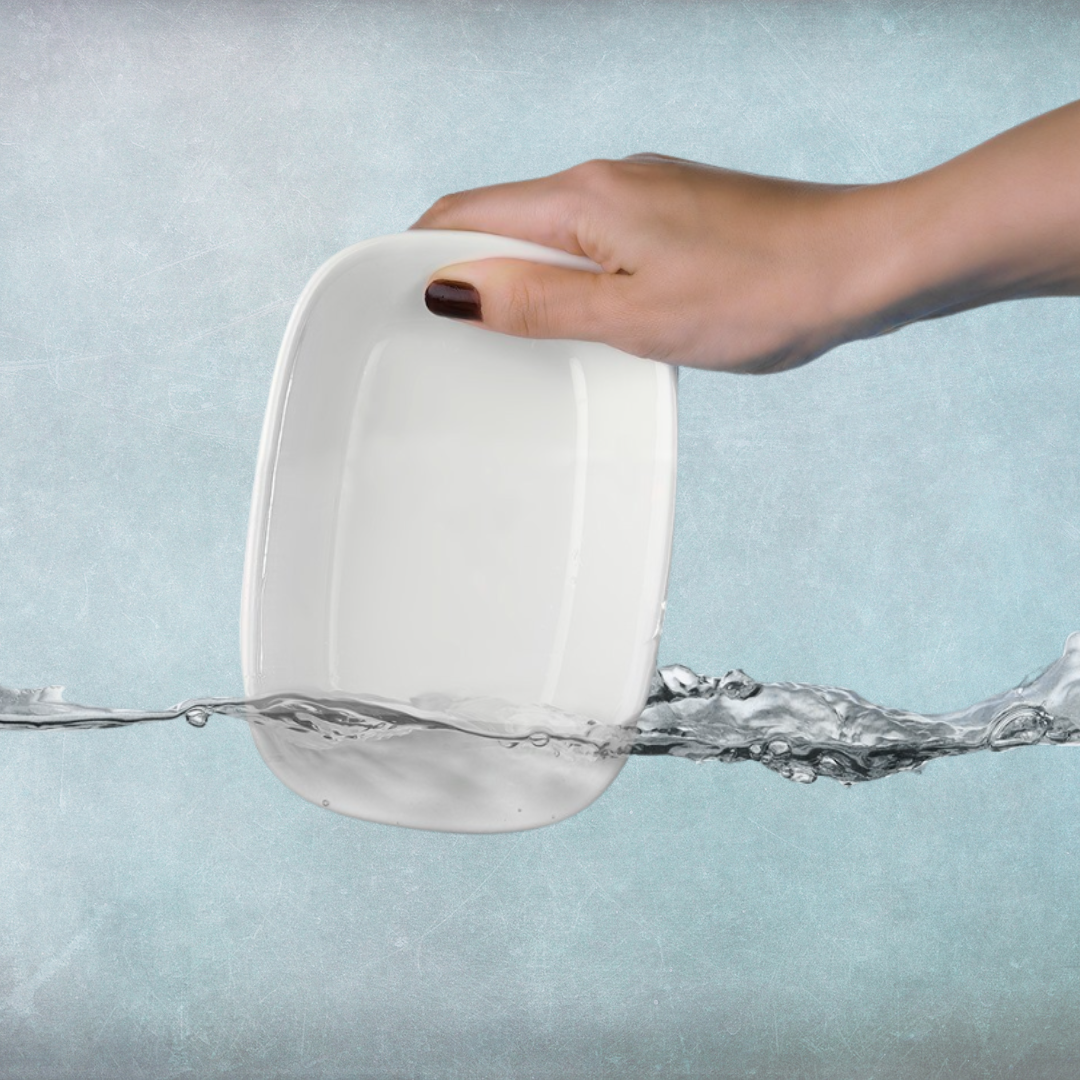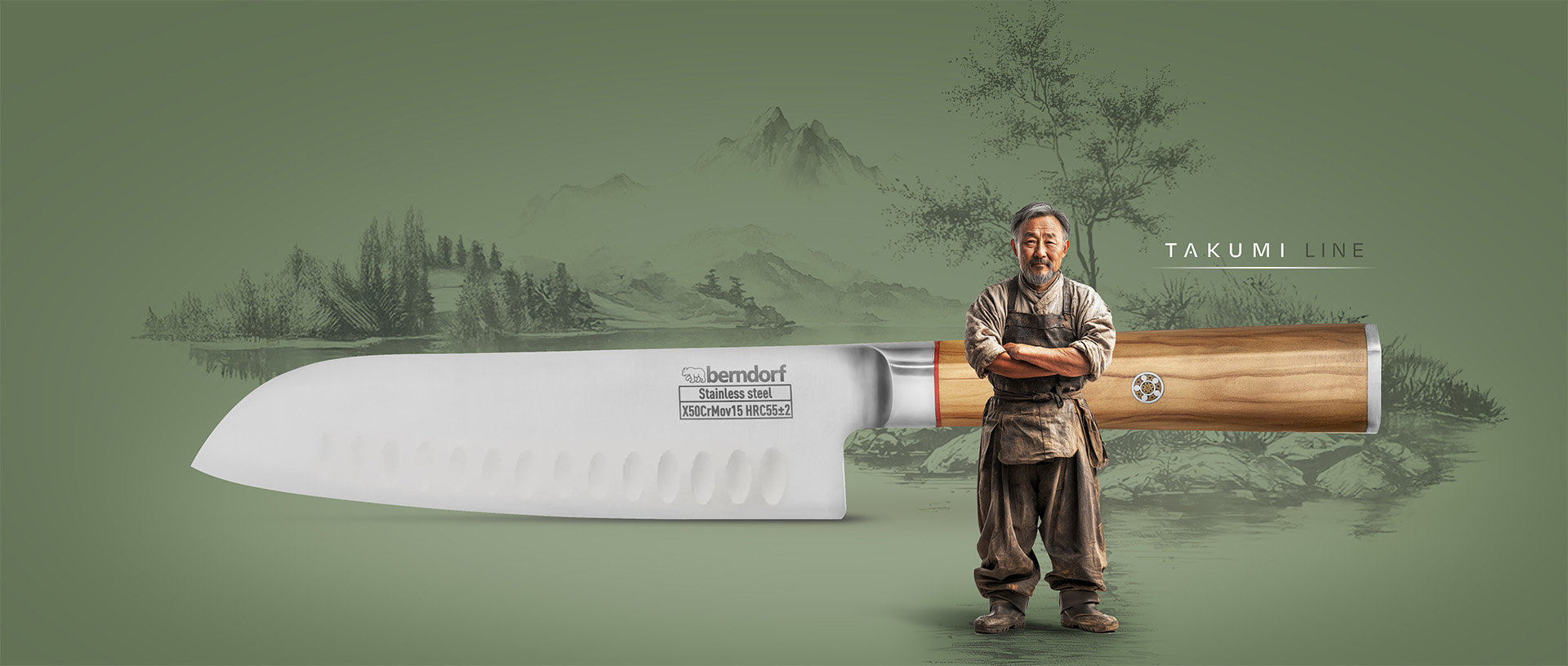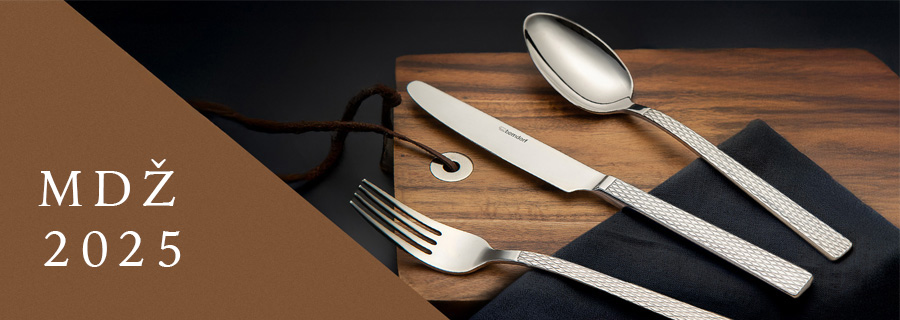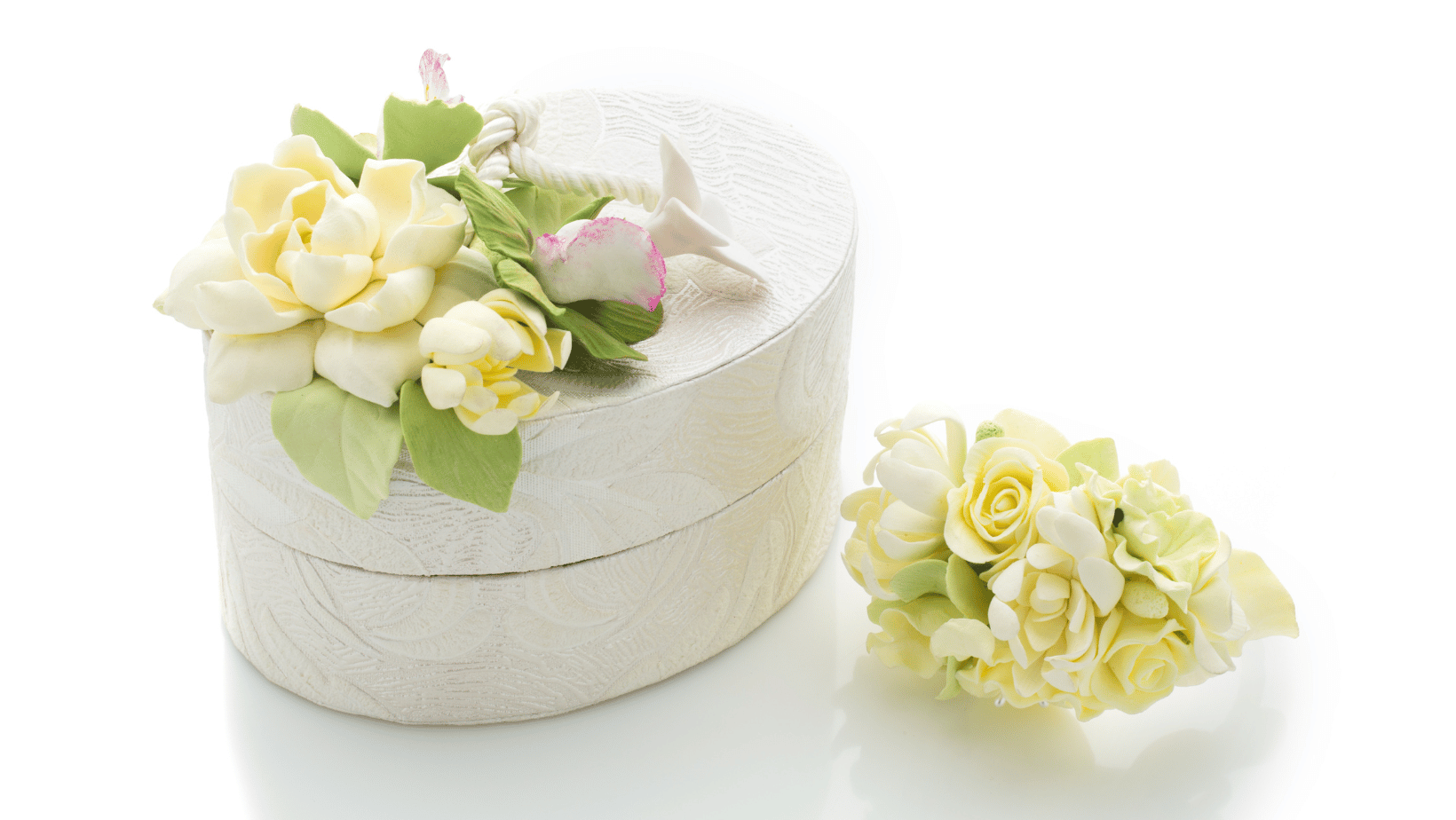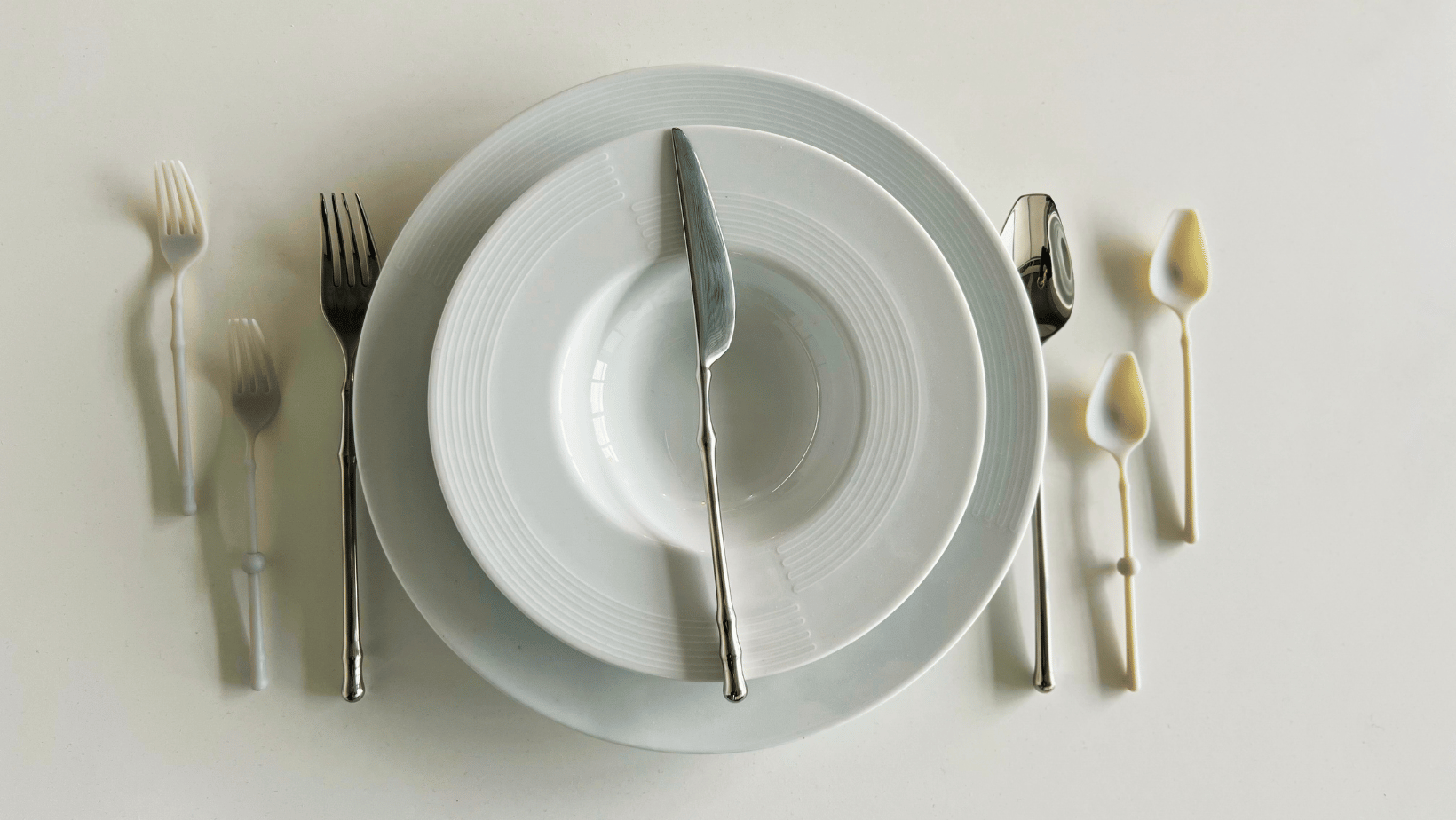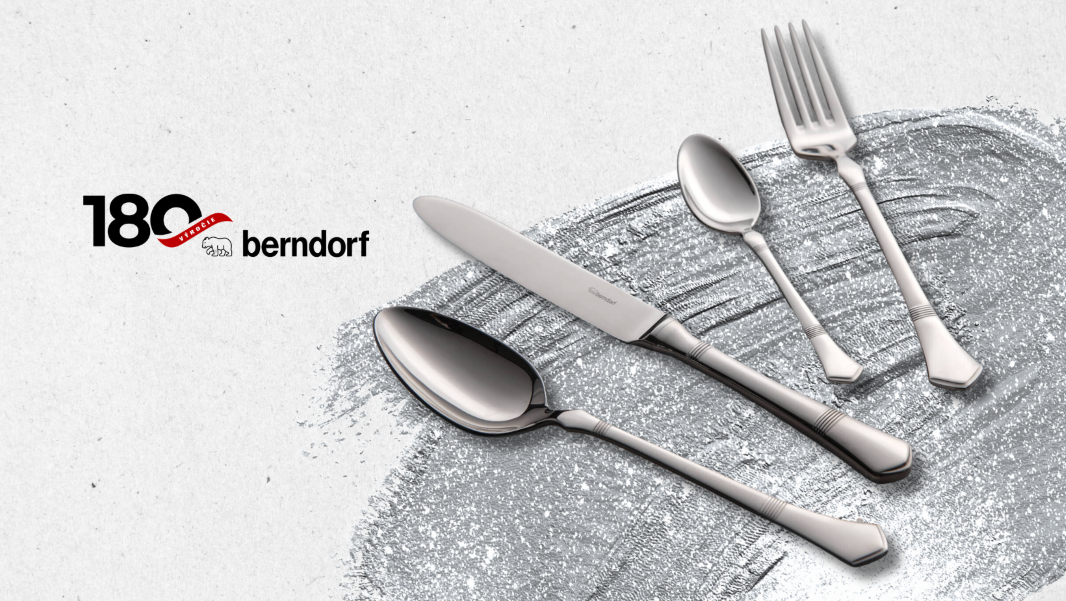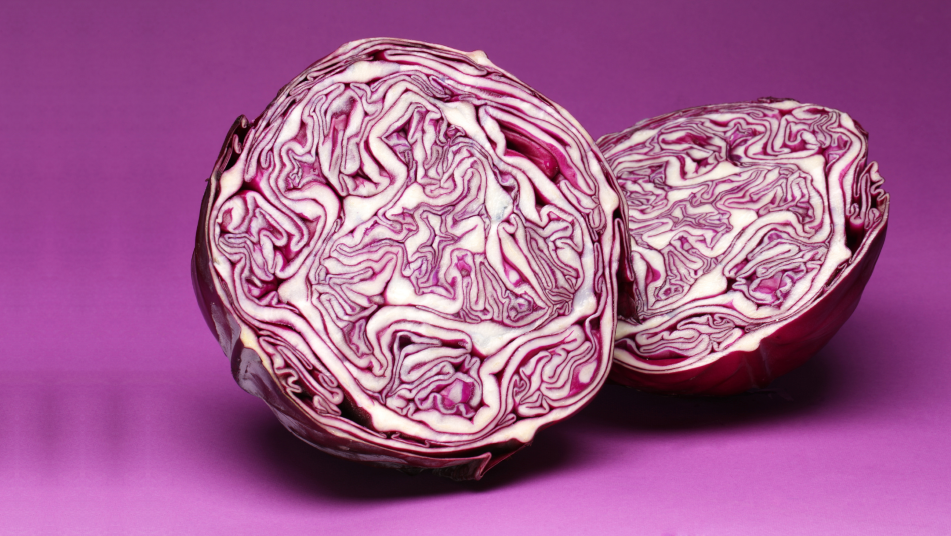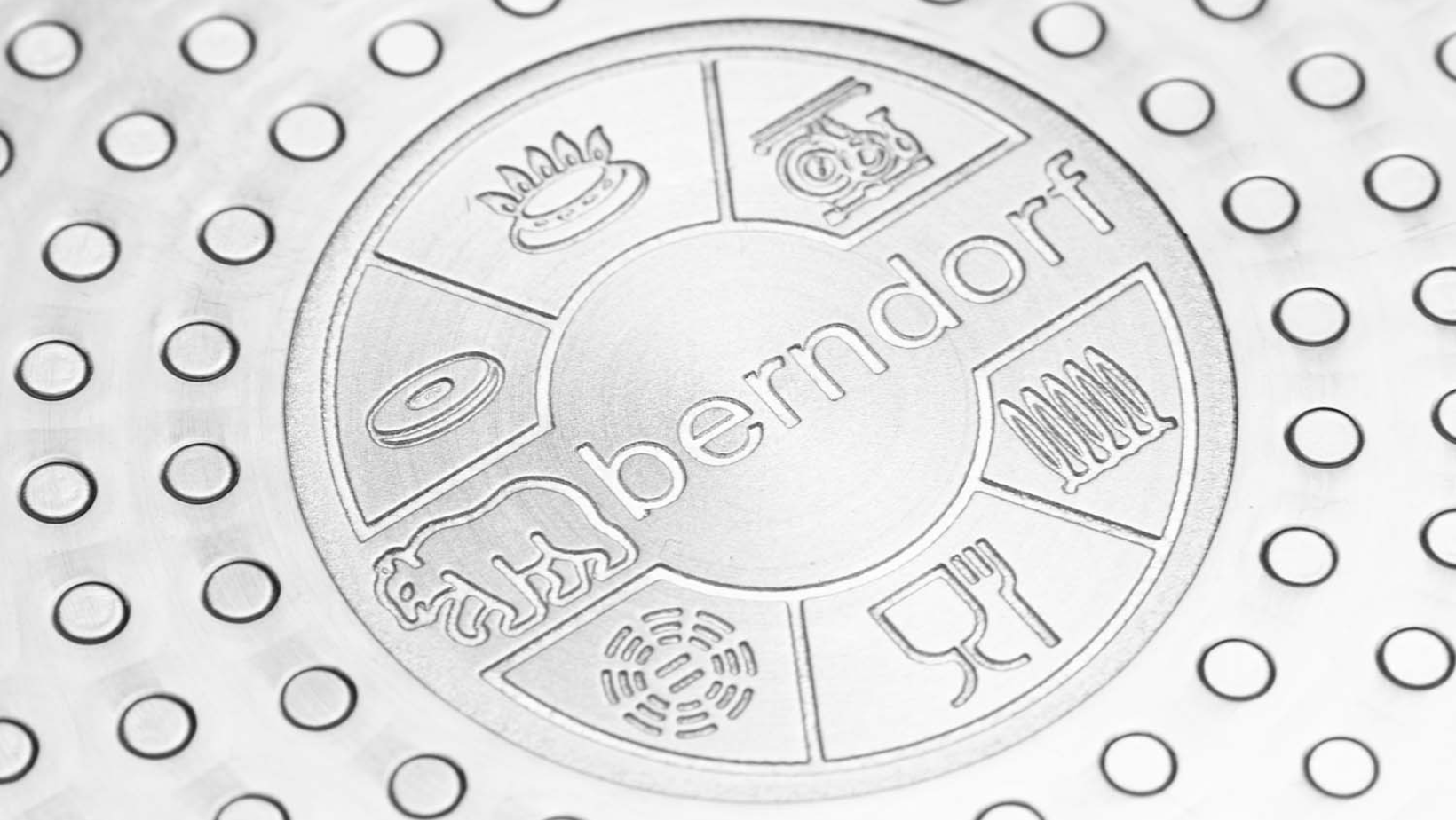...we've got a little bit of a scandal going on here...
Cheap designer ceramic pieces look very tempting at first glance. A lot of restaurants have succumbed to this trend. After a short time, however, such porcelain has to be replaced again. Scratches from cutlery, chipped edges, porcelain is prone to cracking and loses its shine and gloss. As a result, the cost of buying inventory multiplies. Quality china for service should be an investment for several years, not just one season.
Read on for some of our tips on how to recognize quality porcelain.
1/ The sound of porcelain
Quality porcelain should have a clear, crisp sound when you tap it gently with your fingers or a wooden mallet. High-quality porcelain usually makes a clear, melodious sound. Compare the sound on different parts of the porcelain. The sound should be similar over the entire surface of the object. If some parts are noisier or, on the other hand, make a more subdued sound, this could indicate a discrepancy in the quality of manufacture.
If you have the opportunity, compare the sounds of different types of porcelain from different manufacturers. If you need advice, please do not hesitate to stop by our stores in Trnava or Žarnovice. We have several brands and types of porcelain on display, so you can test the porcelain for yourself and our sales staff will be happy to advise you.
2/ Weight of porcelain
Quality porcelain is usually heavier, which is due to the density and strength of the material. The weight should be evenly distributed. Heavier porcelain usually indicates a higher density of material, which may be related to its quality and strength. The weight should be proportionate to the size and purpose of the porcelain. Good quality porcelain should be sufficiently robust, but at the same time not too thick.
Put on the sensations in the hand. Quality porcelain should feel sturdy and should be well balanced in the hand.
Seltman Weiden porcelain, Beat model
3/ Colour and lustre
Quality porcelain has a smooth and shiny surface. Colours should be evenly and accurately applied. Also observe the colour gradients and details of the designs. Avoid porcelain with large colour variations or inconsistent spots, which could indicate flaws in the colouring process or material mix.
Good quality porcelain should have a lustre and smoothness to the surface. Check that the surface is evenly glossy and free of dull areas. The lustre should be natural and free from irregularities.
Sometimes the translucency of the porcelain is also assessed. Good quality porcelain may be slightly translucent, which is a result of its fine texture. Such translucency creates an effect where light passes through the porcelain, which can be visually attractive.
Good quality porcelain should not absorb colour and liquids from food.
4/ Pattern details and design
If the porcelain is decorated, look for pattern and design details. A quality piece will have precise and well-defined patterns with no flaws. Colours should be accurately and precisely applied, even with complex designs. Errors in colors or lack of precision could indicate inferior quality.
NEW Bonna porcelain, model Alhambra
5/ Resistance to temperature changes
Good quality porcelain should be able to withstand use in a microwave or commercial dishwasher without problems. It should be able to cope with temperature fluctuations. This characteristic is particularly crucial when used in premises.
Study the manufacturing standards and specifications manufacturer's specifications. Check with the manufacturer or dealer for information on manufacturing standards and the porcelain's resistance to temperature changes. Manufacturers often indicate whether their porcelain is suitable for use in microwave ovens, traditional ovens or dishwashers.
Follow the labels at the product. You may find symbols on many porcelain products that tell you whether the product is suitable for use in the microwave, dishwasher, etc.
Alternatively, check for certification product certification. In some cases, there may be certifications or standards that confirm the product's resistance to temperature changes.
The most ideal way to verify the quality of porcelain in terms of resistance to temperature changes is to ask for a sample at use. If you have a porcelain sample to test, try using it in a microwave or traditional oven according to the manufacturer's recommendations. Read the manufacturer's instructions for use and warnings carefully to avoid potential damage. You can then try gradually exposing the porcelain to changes in temperature. For example, after washing with hot water, you can quickly immerse the porcelain in cold water or vice versa. Porcelain that is resistant to temperature shocks should handle these changes without cracks or other deformations.
Image from Bonna Premium Porcelain (@bonnatr) - Photos and videos on Instagram
6/ Brand reputation
Quality manufacturers usually brand their products. Check if the manufacturer's brand or logo is on the back of the porcelain. You can thus playfully check the history of well-known brands and their experience in the gastro segment through references.
In the Berndorf Sandrik range you will only find porcelain types that are intended for use in the HoReCa segment. The quality of the porcelain has thus been evaluated for you according to strict criteria. All you have to do is come in and choose the right model for your restaurant.
